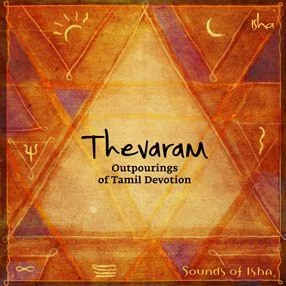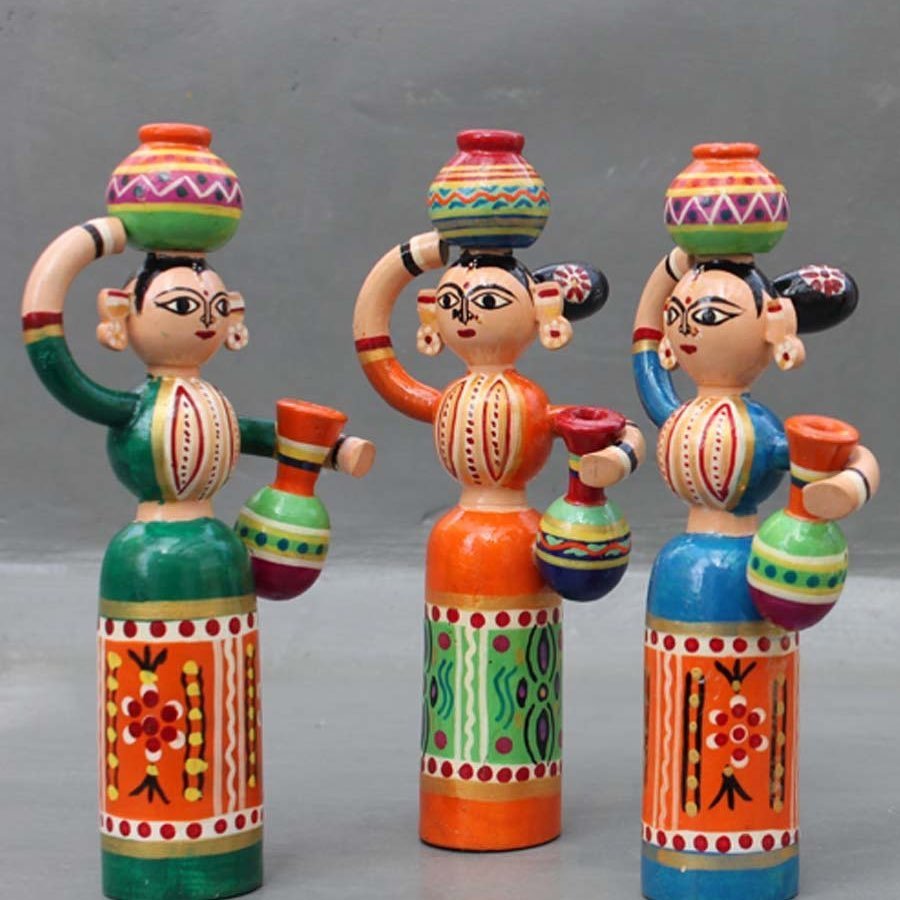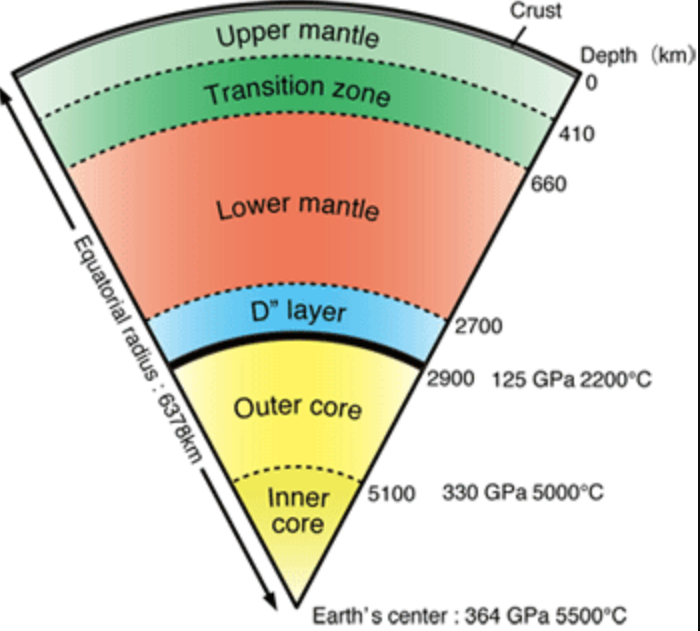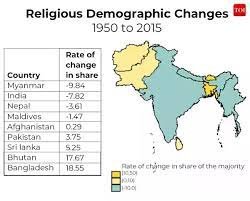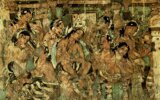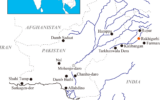
Relation between Vedic people and Harappans
Subscribers of "Current Affairs" course can Download Daily Current Affairs in PDF/DOC
Subscribe to Never Miss an Important Update! Assured Discounts on New Products!
Must Join PMF IAS Telegram Channel & PMF IAS History Telegram Channel
- Contex (TH): Research is going on to establish a link between Vedic people and Harappan people.
Suggesting links
- Excavations at Rakhigarhi found evidence of ritual platforms and fire altars. Fire worship is also mentioned in Rigvedic texts.
- Two sets of historians locate the origin of the Vedas in two different periods. One set dates it to between 1,500 BC and 2,000 BC, while another dates it farther back to 2,500 BC or 4,500 years ago.
- This would coincide with the age of the genetic evidence from the erstwhile Harappan woman’s bone samples tested at the Rakhigarhi site.
- The Saraswati River is recorded at least 71 times in the Rigvedic text. The majority of Harappan settlements were along its banks.
Saraswati
|
- Also, Rigvedic texts do not mention the use of iron, which makes them different from 2,400-year-old settlements near the Ganga Basin and the Deccan region.
- A set of animal bones from the Surkotada region of Kutch, Gujarat, are debated to be either of a proper domesticated horse or of a wild ass.
- Those who believe that the Harappans and Rigvedic people are the same cite that the animal bones are that of a horse, as horses are mentioned in Rigvedic texts.
- However, those historians who date the Rigveda to after 2,000 BC believe that the animal bones were that of a wild ass as domesticated horses only came to India after 1,800 BC from central Asia.
- Researchers had extracted DNA from the well-preserved petrous bone remains of a female skeleton (excavated from Rakhigarhi) dated to 4,600 years ago. The skeleton was not comparable to the Steppe or Iranian population, leading to the hypothesis that Harappans were indigenous.
|
Rakhigarhi
- Location: Hisar, Haryana, near Ghaggar river, in the Ghaggar-Hakra river plain.
- Dates back about 6500 BCE as part of the Indus Valley or Harappan Civilization.

Credits: PLOS







![PMF IAS Environment for UPSC 2022-23 [paperback] PMF IAS [Nov 30, 2021]…](https://pmfias.b-cdn.net/wp-content/uploads/2024/04/pmfiasenvironmentforupsc2022-23paperbackpmfiasnov302021.jpg)
